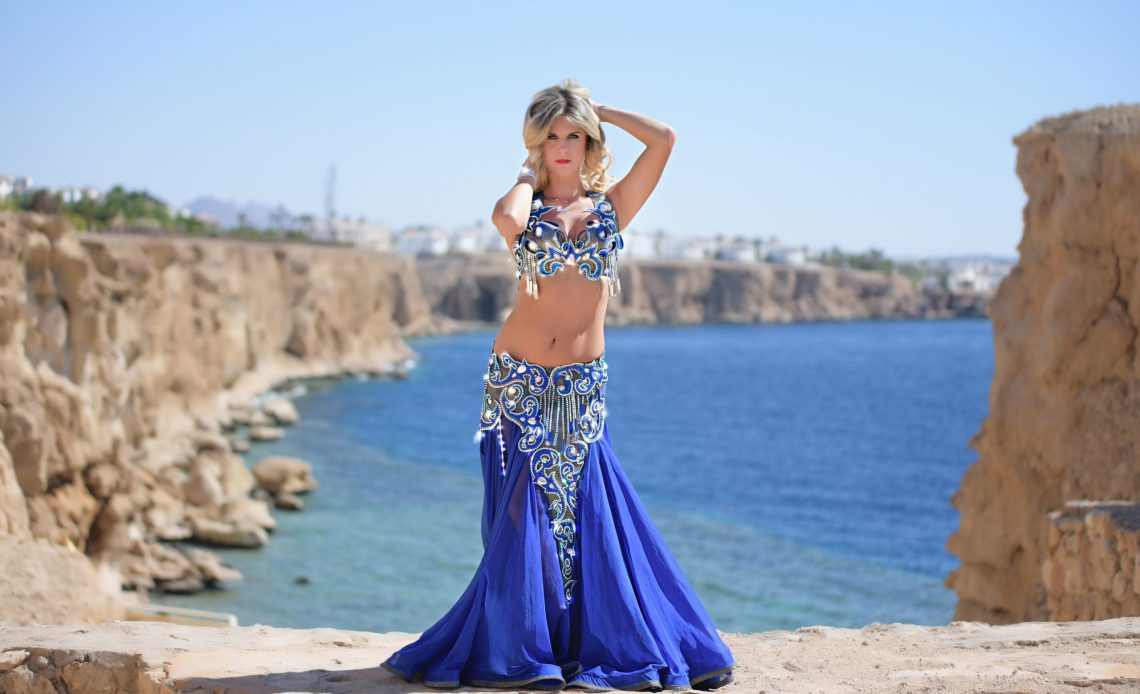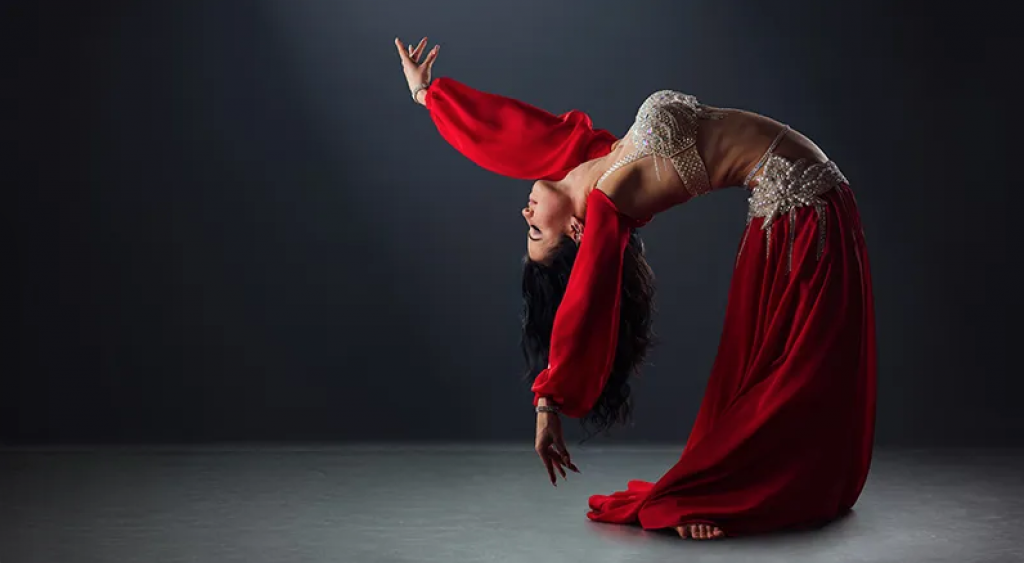
There is not only one belly dance. They are more diverse. And oriental dances are fascinating. Belly dancers are mesmerizing. One is captivated by their movements and the heady rhythms, one is hypnotized by the sensual movements of hips and breasts. And yet, belly dance does not escape the norm and conveys its clichés. Here are 6 preconceived ideas that we will shatter.

For your culture, learn that oriental dance is of Egyptian origin. Then it developed in the Maghreb and the Near East, which includes many styles. The major style “Raqs Sharqi” (Arabic: رقص شرقي) has become established in the West from the 90s and is increasingly successful. Moreover, this dance was spontaneous but it has become more codified over the years and is now taught in academic schools.
Oriental dance is adored, loved, disowned, and even forbidden in some countries, including those of origin. Egyptian dancers are considered as prostitutes while in the West, the young generations present this art in theaters. It sometimes raises the veil of the taboo and the sacred.
The Hexagon discovered oriental dance when Bonaparte’s soldiers landed during the Egyptian campaign. So it’s been a little while already… Let’s not forget that at that time, we were in a relatively prudish society. The smallest piece of skin exceeding the standards was then perceived as a powerful aphrodisiac. Seeing these women swaying languorously, they considered oriental dance as an invitation to prostitution and it is true that some prostitutes improvised themselves as dancers causing serious harm to the art. Several times forbidden, belly dancing became in the 1930s the bravura piece of the Egyptian musicals. And so myths, legends and clichés were created, which we will deconstruct in this article.
1 – You have to be plump to practice belly dance
If it is true that one keeps in memory of the women well in flesh shaking with the sound of the flutes and the drums, it is because one touches another culture and another time. The criteria of beauty were different from today and we preferred women with forms, symbol of femininity. And the countries of the Maghreb and the Near East have always preferred round women. The curves are associated with opulence and health.
We know today that this has no link. But we keep in mind the image of voluptuous women swaying to the music. However, bellydance is open to all types of women, whether they are tall or short, thin or fat, it does not matter. And if we see more curvy women practicing this art, it is because bellydance attracts and suits all shapes of women. The most important thing is to emphasize the movements of the body and to let speak all its sensuality, whatever its morphology.
What is true, however, is that belly dance promotes a more global idea of body size than other forms of dance, such as classical ballet. Among the more experienced dancers, body shape and size are not considered important.
2 – Striptease and belly dance, it’s the same
That we are far from the truth… This misconception was born in Western societies between the end of the 19th century and the beginning of the 20th century. Everything comes from a cultural difference and a non understanding of the codes of the movements of this dance.
Think about the fact that it was immoral for a woman to move her torso at that time. As a proof, the wearing of the corset which hindered the bust of these ladies in the European and American societies. And of course we add the erroneous images that Westerners had of Middle Eastern societies. Wrongly associating sensuality and sexuality to oriental dance, this fed orientalist fantasies of dissolute harems.
In 1893, the Americans mixed burlesque dance and oriental dance. If some appreciated the latter, many prudish Americans were shocked by this nudity. So much so that it was at this time that burlesque dance included in its movements the lascivious wiggles of belly dancers.
3 – This dance is reserved for women
Does it surprise you if I tell you that men also practice this discipline? Yes, this has been seen many times in traditional cultures. Men have taken up bellydance moves and used them in society. And here again, the differences in culture apply.
While they are “classic” in the Middle East, they are associated with femininity in Western culture because they do not fit the idea of masculinity in our society. Gender stereotypes are actually culturally constructed.
4 – Belly dance ? Easy
Each position of the body in this discipline is natural. We do not force the body to what it does not know, contrary to classical dance for example. But just because it is natural does not mean it is easy! Indeed, learning to dance requires time, training, patience and especially a great devotion to make it all flow. Especially when you think about the different parts of the body that you have to learn to isolate.
5 – It’s repetitive, you get bored after a while
No way. Not only are there so many ways to isolate movements with different body parts, but also many different dance styles. From many folklores, to cabaret, Egyptian, Turkish and so much more! You will never see the same dance twice. So it is not possible to get bored. Whether you like it or not is another matter, but boredom is impossible.
6 – The navel must be pierced
There are no rules on this subject. It would seem that it is rather the order of the Western fantasy which mixes many Eastern cultures and then associate the piercing as an element of the costume. So it’s up to you to do what you want. Don’t be surprised if there is none.
There you go, you have enriched your culture. You may have a different approach to belly dance. A dancer is an artist who makes you travel through her movements. And last but not least: not all Oriental women are belly dancers!
“XLoveCam is not responsible for the content of the blog which is declared to be written by an external party”.







